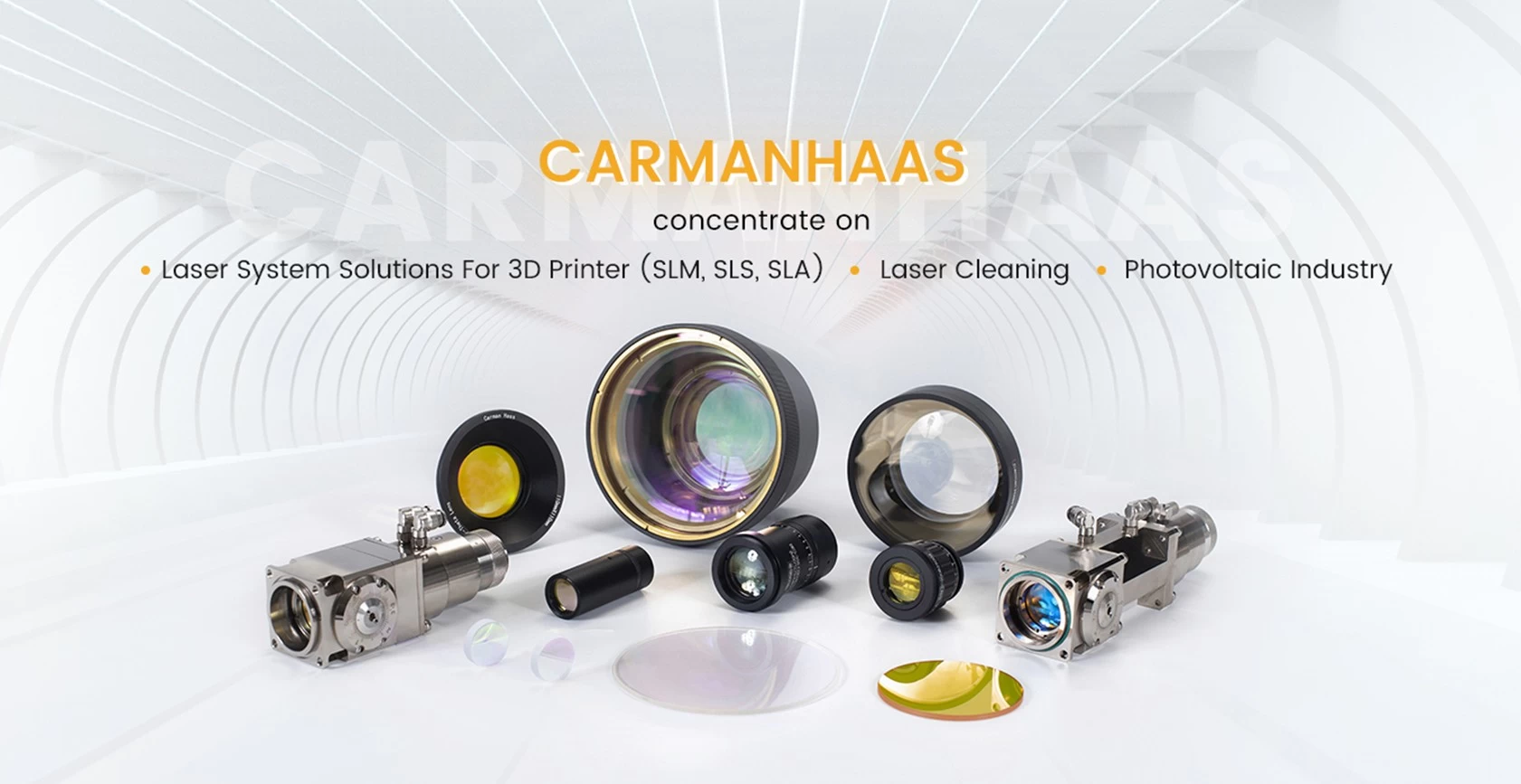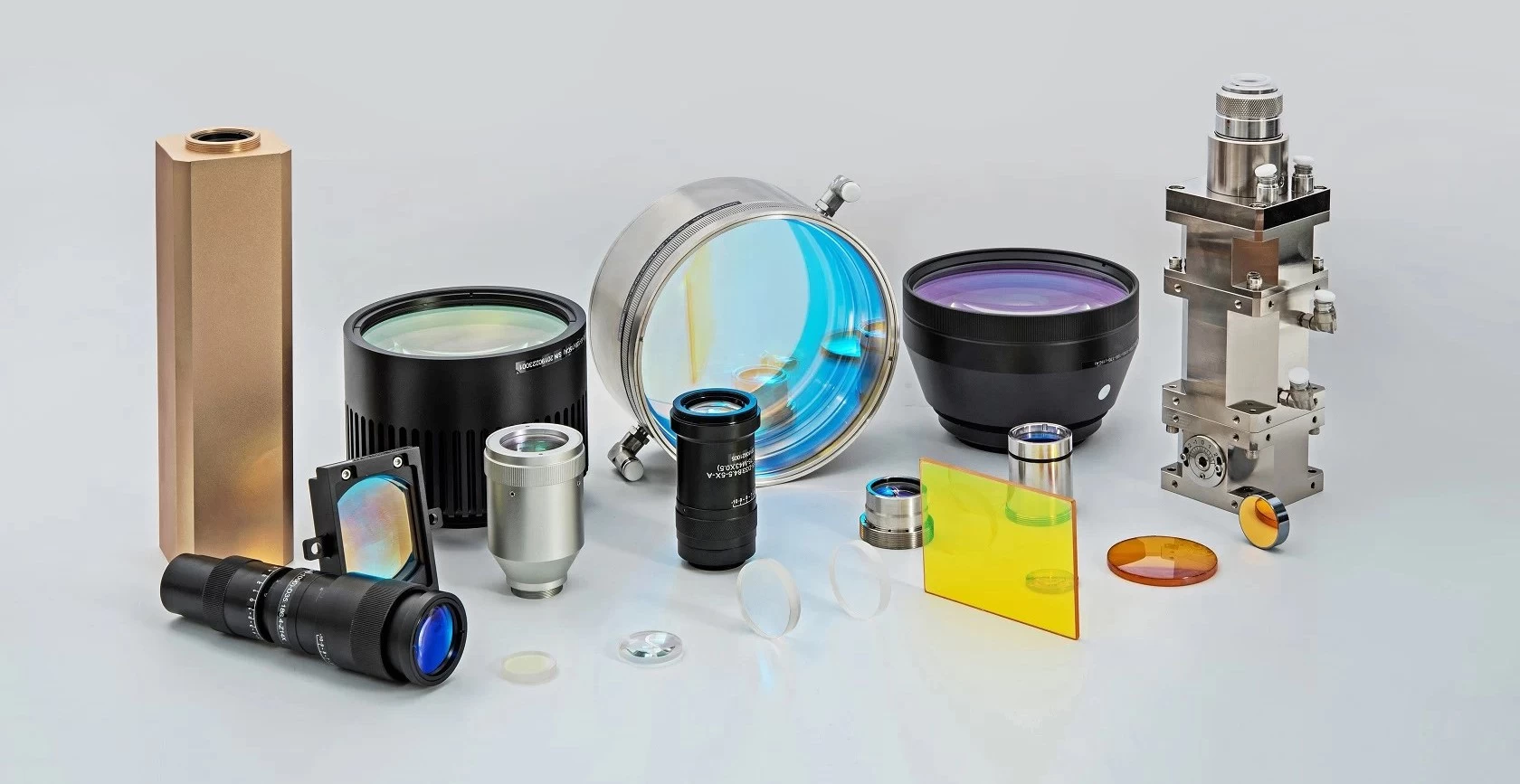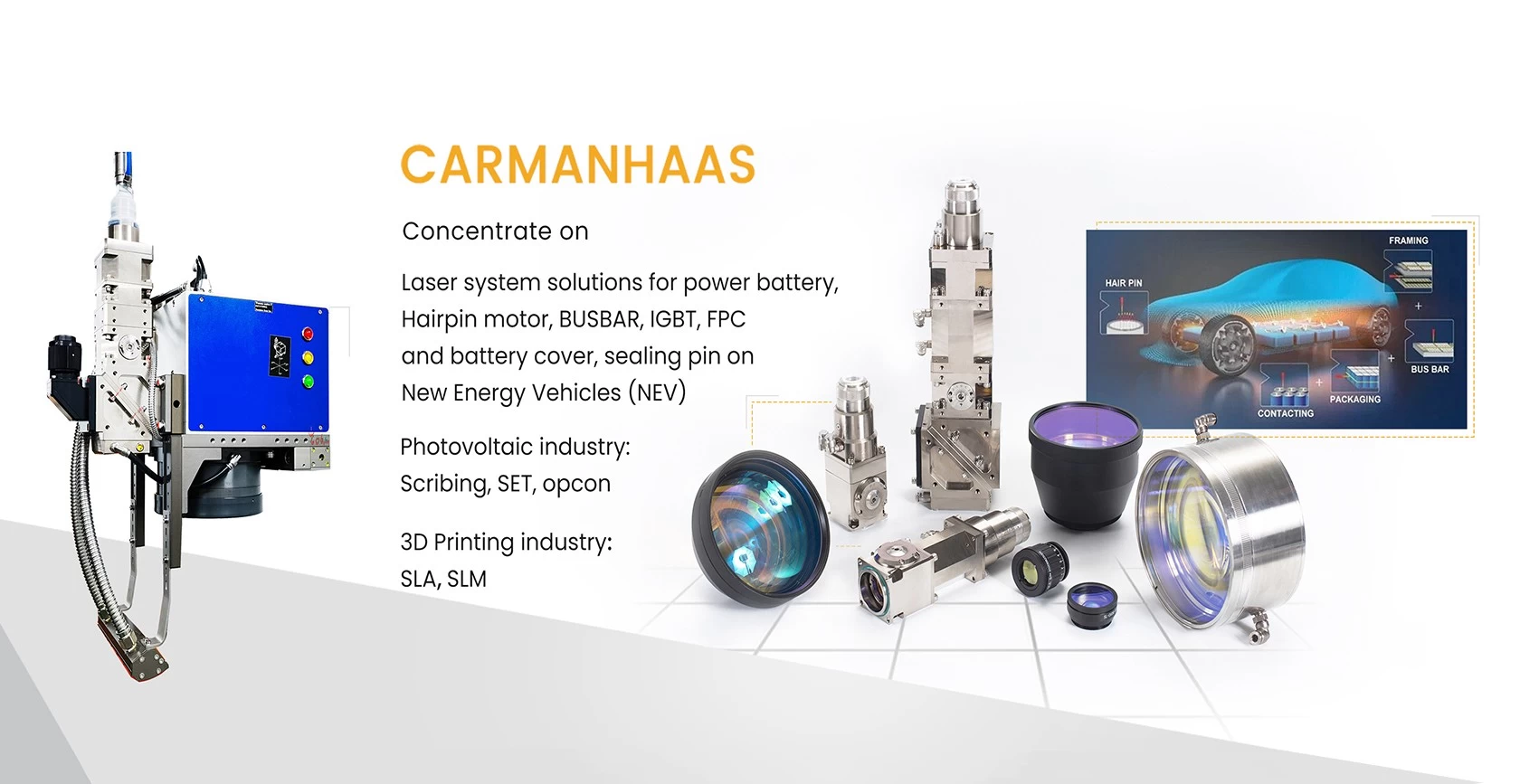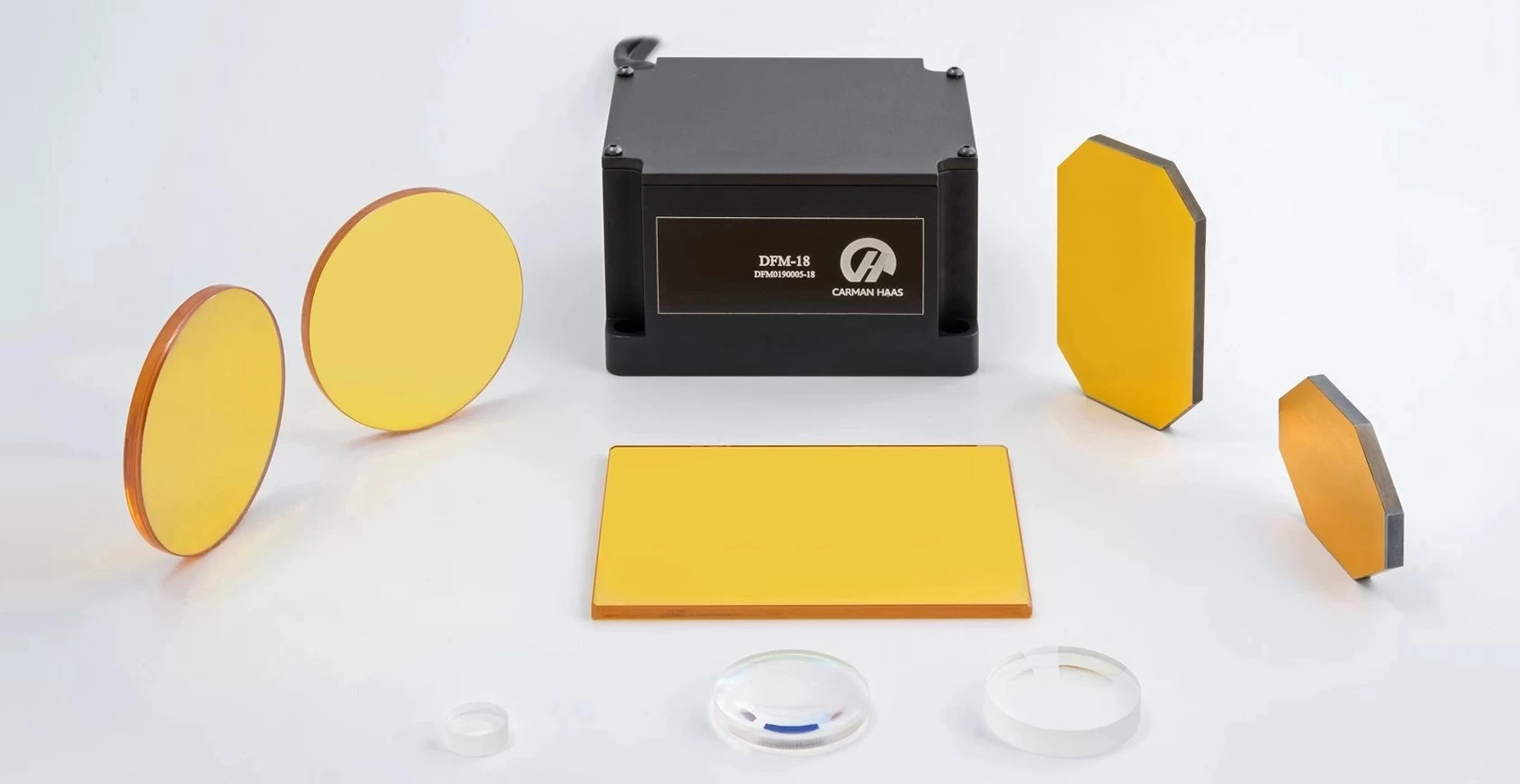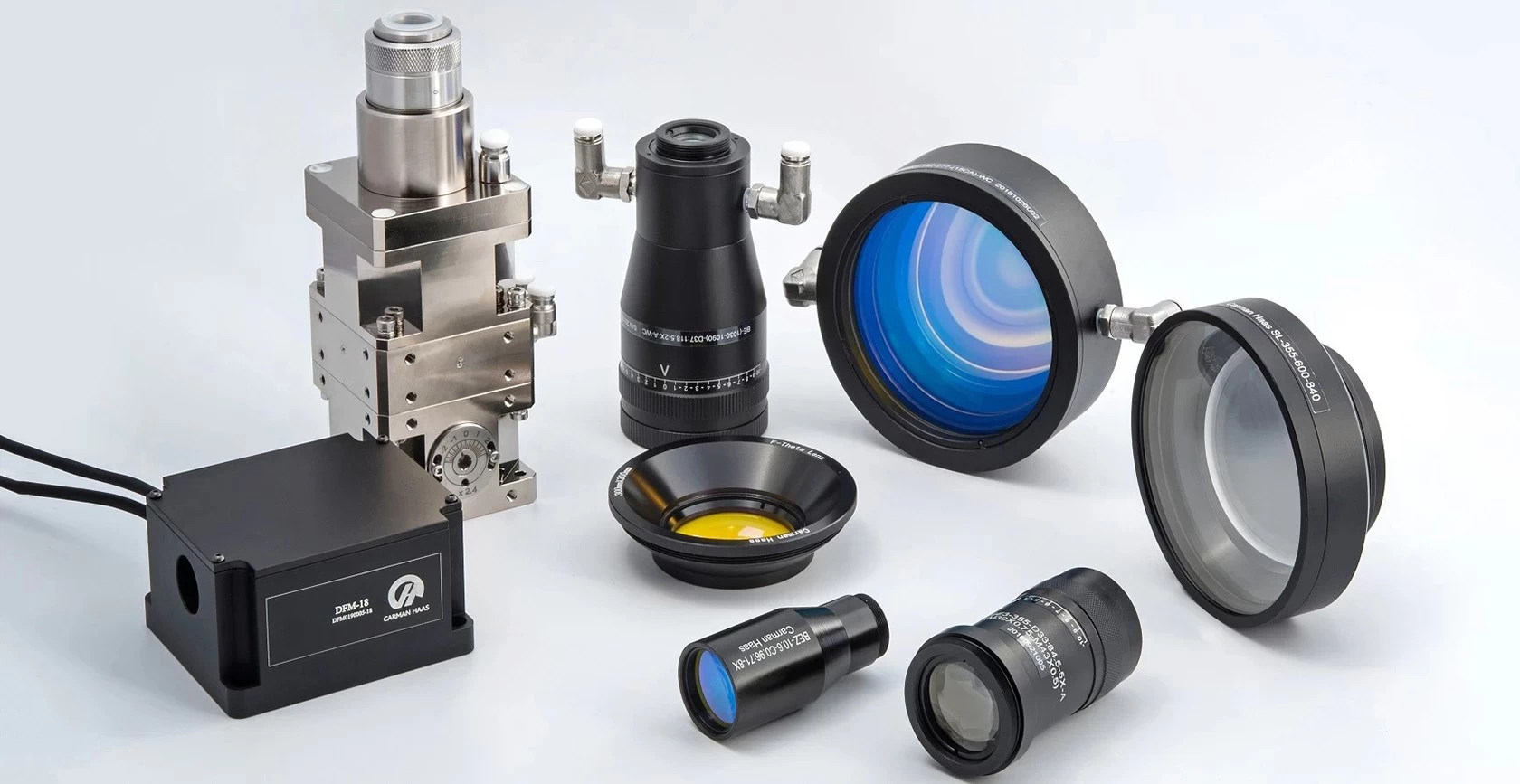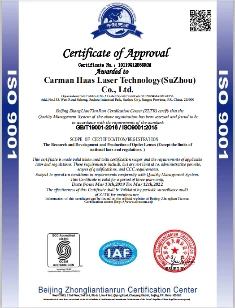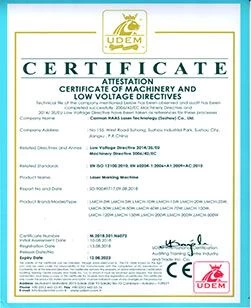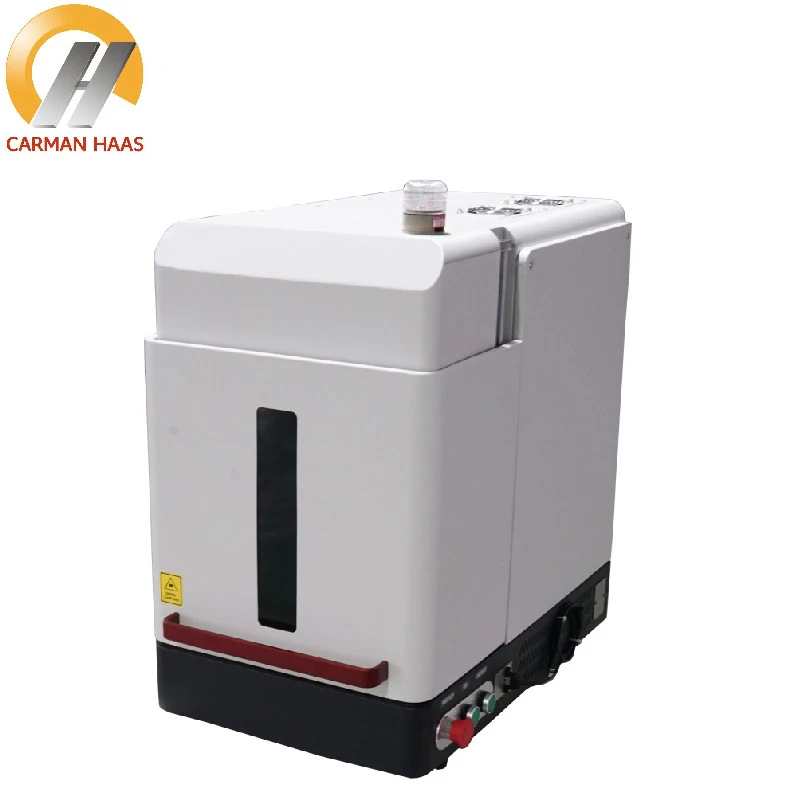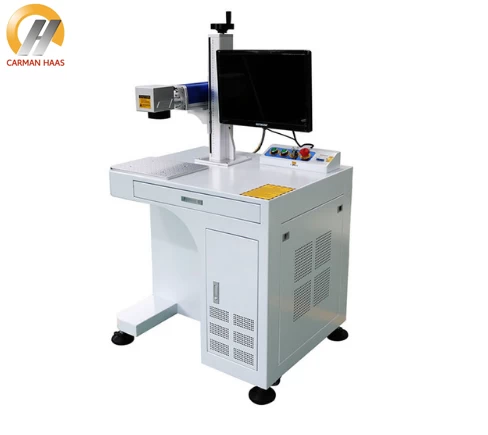Laser cleaning technology enables efficient rust removal
The ferrous metal (steel) is easy to rust under outdoor or open air conditions, which not only affects the appearance quality, but also affects the normal progress of painting, bonding, electroplating and other processes. If not processed in time, it will also cause the scrap of the material, resulting in failure Necessary economic losses.

Laser cleaning equipment on sales
Common treatment methods for rust are:
1. Manual derusting method
Use scraper, hand hammer, steel brush, grinding wheel, sandpaper and other tools to knock, shovel, grind, scrape, etc. to remove rust.
2. Mechanical derusting method
Use portable electric grinding wheel, electric brush, wind brush, rust removal gun, etc. to effectively remove rust and dirt by impact and friction. Two methods that are widely used are sandblasting and shot blasting.
3. Chemical treatment
The acid solution reacts with the rust (oxide) on the surface of the metal being cleaned to dissolve it in the acid solution. In addition, the hydrogen generated by the action of the acid and the metal causes the oxide scale to fall off mechanically.
4. Ultrasonic treatment
Use high frequency vibration to shake off the loose rust.
5. The emerging laser cleaning method
Laser cleaning method is a new method of removing rust on metal surfaces. It uses the characteristics of high energy, high frequency and high power of laser to deposit high energy in a small area instantly, and uses high temperature to burn the oxide layer, also known as For laser cleaning.

Industrial Laser Cleaning Systems 1000W supplier
The process of pulsed laser cleaning depends on the characteristics of the light pulses generated by the laser and is based on the photophysical reaction caused by the interaction between the high-intensity light beam, the short-pulse laser and the contamination layer.
The physical principle can be summarized as follows:
a) The beam emitted by the laser is absorbed by the contamination layer on the surface to be treated.
b) Absorption of large energy forms a rapidly expanding plasma (highly ionized unstable gas), generating shock waves.
c) Shock waves turn pollutants into debris and get rid of them.
d) The light pulse width must be short enough to avoid heat accumulation that would damage the treated surface.
e) Experiments show that when there are oxides on the metal surface, plasma is generated on the metal surface.
Each laser pulse removes a certain thickness of the contaminated layer. If the contaminated layer is thick, multiple pulses are required for cleaning. The number of pulses required to clean the surface depends on the degree of surface contamination.



